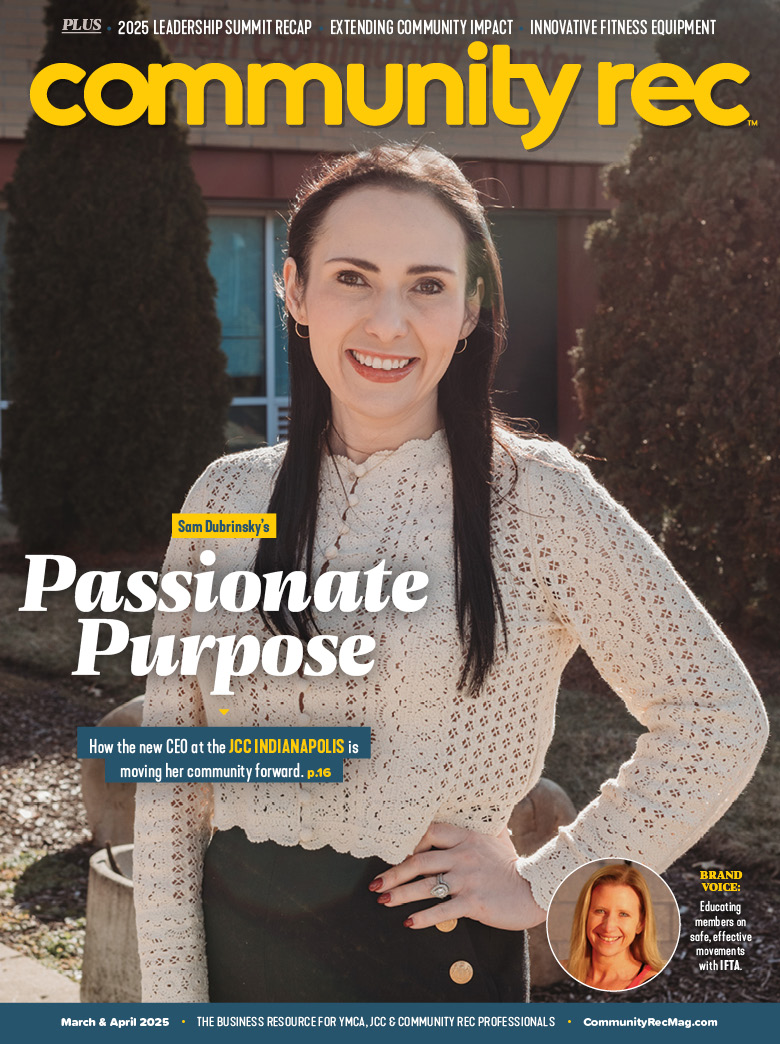To help improve lateral mobility and balance for seniors at your facility, consider adding recumbent fitness products to your fitness floor.
We all know 76 million Baby Boomers represent a generation that did not go quietly into middle age. And don’t try telling them they’re now in the middle of their golden years.
While tens of millions have stayed more active and enjoyed improved quality of life in later years than previous generations, the risk of falling still becomes a fact of life. But does it have to?
Loss of function, strength, flexibility and lateral stability will happen. Obviously, the longer one can maintain vigorous exercise and activity — assuming it’s safe — the longer one can put off functional decline.
That said, everyone will eventually experience some degree of functional decline. Even those who exercise regularly later in life will eventually experience diminished lateral stability, which includes reduced balance.
The more deconditioned people become, the more they rely on non-weight bearing recumbent cardio products. These do virtually nothing for improving balance or lateral stability. One of the main reasons for this is the lower body muscle group most responsible for creating lateral stability is the glutes, and traditional recumbent fitness products generally do not activate the glutes.
There are now cardio pieces backed by science that address these concerns. Recumbent lateral trainers (RLTs) are a new modality that provide a multi-plane movement, and engage and activate the glutes during use.
Andy Baxter, MES PRCS, and owner of BFitness, a facility that specializes in post-rehab fitness for seniors, was an early-adopter of RLTs. “Research indicates that RLTs offer several and specific benefits,” he said. “First, the RLT is a closed chain (meaning the feet are grounded), compound (displacing the load across two joint and muscle systems) movement that is also bi-directional for enhanced neuro-muscular adaptation (neurogenesis). Because of these properties, this movement is designed to safely and effectively integrate the movement of the joint arthrokinematics (joint surface and connecting tissue relationships) with the larger gross motor movement osteokinematics (large muscles of the leg and butt).”
In addition to creating glute activation throughout the entire range of motion, the RLT has additional benefits. It creates no hip adduction and actually helps strengthen the hip joint because it creates activation of the muscles and connective tissues surrounding the hip joint. Conversely, regarding abduction, the RLT allows the hip joint to open externally, improving range of motion, with all four muscle quadrants of the quads firing and the medial glute firing throughout the entire rotation on the RLT.
A recent 16-week study of lateral stability in seniors showed that with very moderate usage (three to four times per week for five minutes, at lowest resistance), the average improvement in lateral stability was 54 percent.
As a rec center, it’s important to offer equipment that serves a wide range of exercisers and helps improve lateral mobility and balance for seniors coming to your facility. Consider adding RLTs to your fitness floor as a way to meet the needs of those actively aging in your community.
Scott Logan is the vice president of marketing for Helix Company. He can be reached at scott@helixco.com or visit helixco.com.










